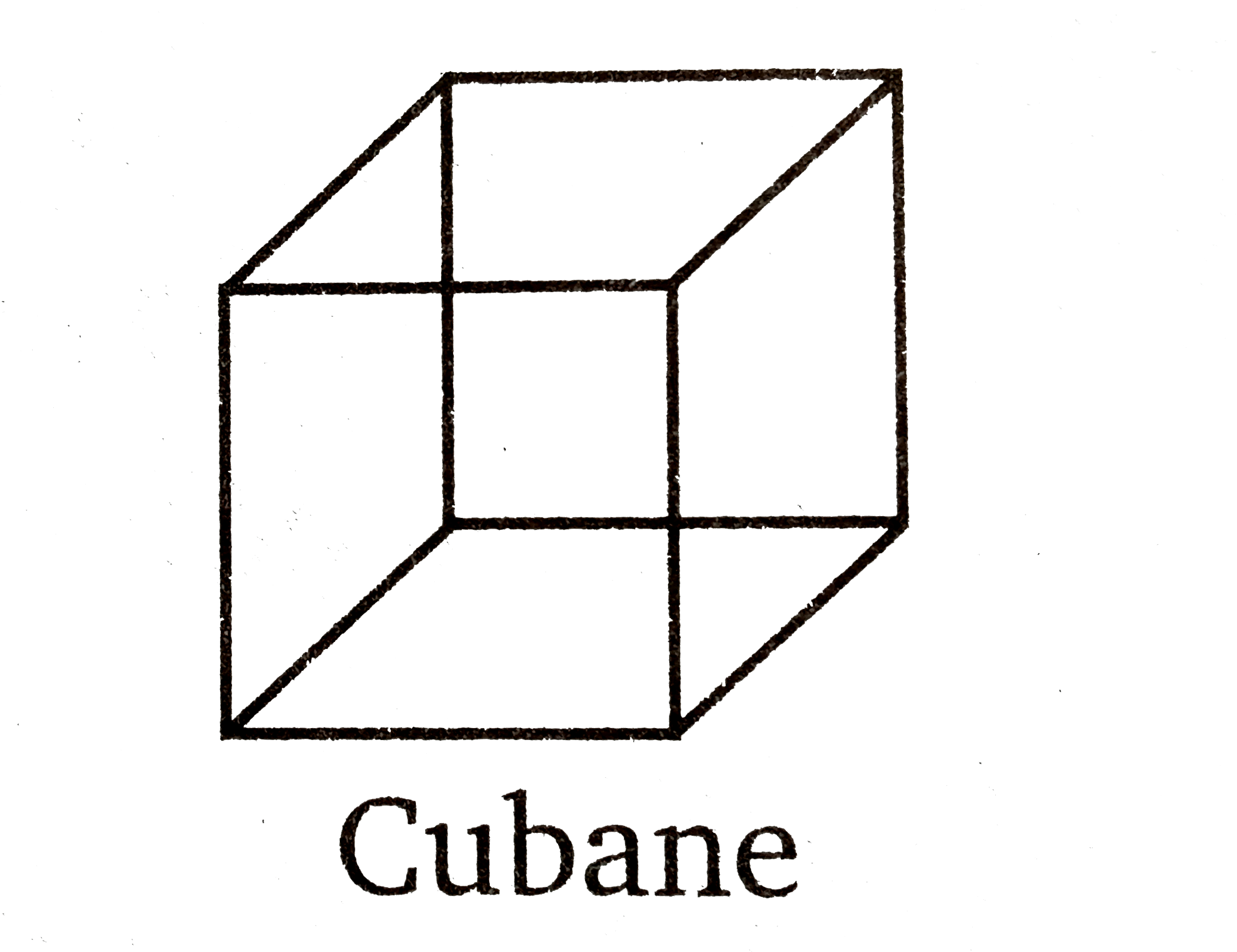In molecule the two equivalent axial P – Cl bonds are...............than three equivalent equatorial P – Cl bonds.
To solve the question regarding the PCl₅ molecule, we will follow these steps:
Step 1: Understand the Structure of PCl₅
PCl₅ has a trigonal bipyramidal structure. In this structure, there are two types of positions for the chlorine (Cl) atoms: axial and equatorial.
Step 2: Identify the Positions of the Bonds
- The axial positions are the two Cl atoms that are located above and below the phosphorus (P) atom.
- The equatorial positions are the three Cl atoms that are arranged in a plane around the phosphorus atom.
Step 3: Analyze the Bond Angles
- The bond angles between the equatorial Cl atoms are 120 degrees.
- The bond angles between the axial Cl atoms and the equatorial Cl atoms are 90 degrees.
Step 4: Consider the Repulsion Effects
Due to the geometry of the molecule, the axial bonds experience more repulsion from the equatorial bonds because they are at a 90-degree angle to them. This increased repulsion leads to an increase in the bond length of the axial P-Cl bonds.
Step 5: Conclusion
Thus, the two equivalent axial P-Cl bonds are longer than the three equivalent equatorial P-Cl bonds.
Final Answer
In PCl₅ molecule, the two equivalent axial P-Cl bonds are longer than three equivalent equatorial P-Cl bonds.
---
PCl₅ has a trigonal bipyramidal structure. In this structure, there are two types of positions for the chlorine (Cl) atoms: axial and equatorial.
- The axial positions are the two Cl atoms that are located above and below the phosphorus (P) atom.
- The equatorial positions are the three Cl atoms that are arranged in a plane around the phosphorus atom.
- The bond angles between the equatorial Cl atoms are 120 degrees.
- The bond angles between the axial Cl atoms and the equatorial Cl atoms are 90 degrees.
Due to the geometry of the molecule, the axial bonds experience more repulsion from the equatorial bonds because they are at a 90-degree angle to them. This increased repulsion leads to an increase in the bond length of the axial P-Cl bonds.
Thus, the two equivalent axial P-Cl bonds are longer than the three equivalent equatorial P-Cl bonds.
In PCl₅ molecule, the two equivalent axial P-Cl bonds are longer than three equivalent equatorial P-Cl bonds.
Topper's Solved these Questions
- CHEMICAL BONDING AND MOLECULAR STRUCTURE BOOK - CBSE COMPLEMENTARY MATERIALCHAPTER - CHEMICAL BONDING AND MOLECULAR STRUCTURE EXERCISE - TRUE AND FALSE TYPE QUESTIONS
10 Videos
- CHEMICAL BONDING AND MOLECULAR STRUCTURE BOOK - CBSE COMPLEMENTARY MATERIALCHAPTER - CHEMICAL BONDING AND MOLECULAR STRUCTURE EXERCISE - MATCH THE COLUMNS
2 Videos
- CHEMICAL BONDING AND MOLECULAR STRUCTURE BOOK - CBSE COMPLEMENTARY MATERIALCHAPTER - CHEMICAL BONDING AND MOLECULAR STRUCTURE EXERCISE - UNIT TEST
13 Videos
- CHEMICAL THERMODYNAMICSBOOK - CBSE COMPLEMENTARY MATERIALCHAPTER - CHEMICAL THERMODYNAMICSEXERCISE - Hots Questions
3 Videos
Similar Questions
Knowledge Check
Double bond equivalent of cubane is :
 A4B5C6D7
A4B5C6D7Why all P - F bonds in PF5 are not equivalent?
APF5 has sp3d hybridisation, out of five P-F bonds three are equatorial which have different lengths.BPF5 has sp3 hybridisation, out of five P-F bonds two are equatorial which have different lengths.COut of five P-F bonds two are axial and three equatorial. All five bonds have different bond lengths.DPF5 is made up of two types of bonds namely covalent and coordinate, hence are not equivalent.In PCl3F2 molecules, select the correct statement about two (P-F) bonds:
ABoth (P-F) bonds are equatorialBBoth (P-F) bonds are axialCOne (P-F) bond is axial and one (P-F) bond is equatorialDcan not be predicted
Double Bond Equivalent
View Solution
Double bond equivalent of D is :
View SolutionIn solid PCl5 molecule, how many P−Cl bonds are present in the cation ?
View SolutionExplain the structure of PCl5 according to hybridization. Why all P – Cl bonds lengths are not equivalent in PCl5?
View SolutionExplain the structure of PCl5 according to hybridization. Why all P – Cl bonds lengths are not equivalent in PCl5?
View Solution

